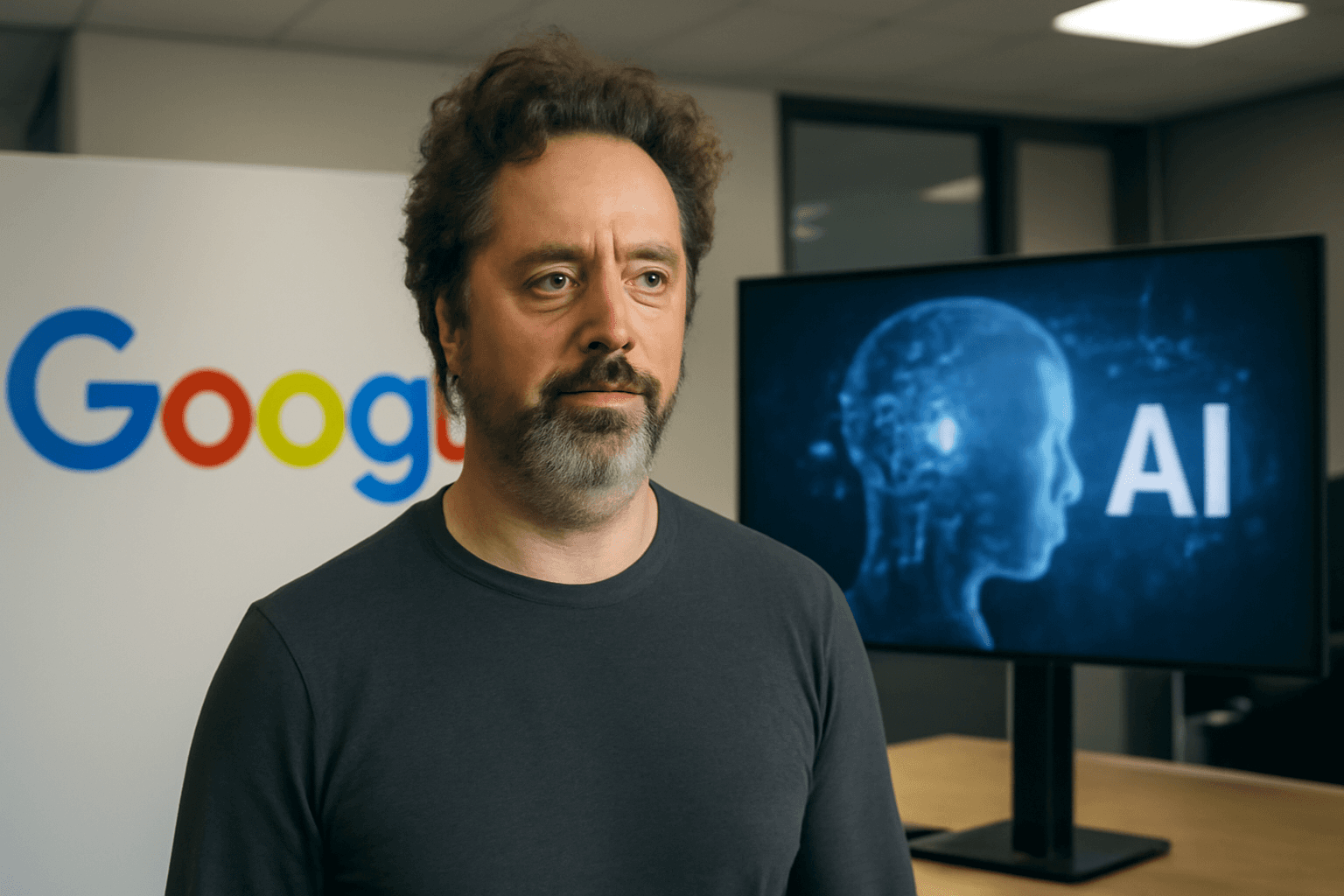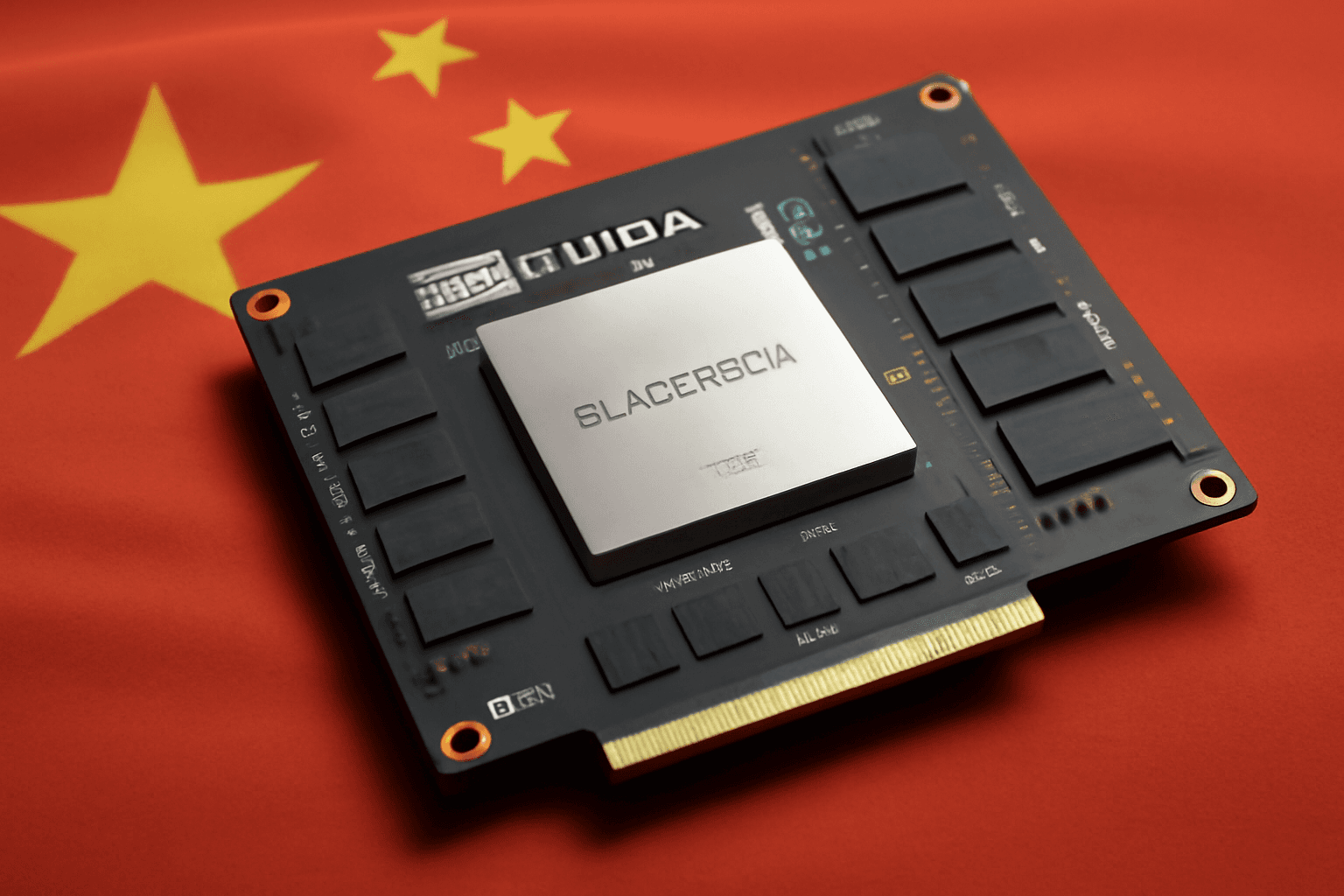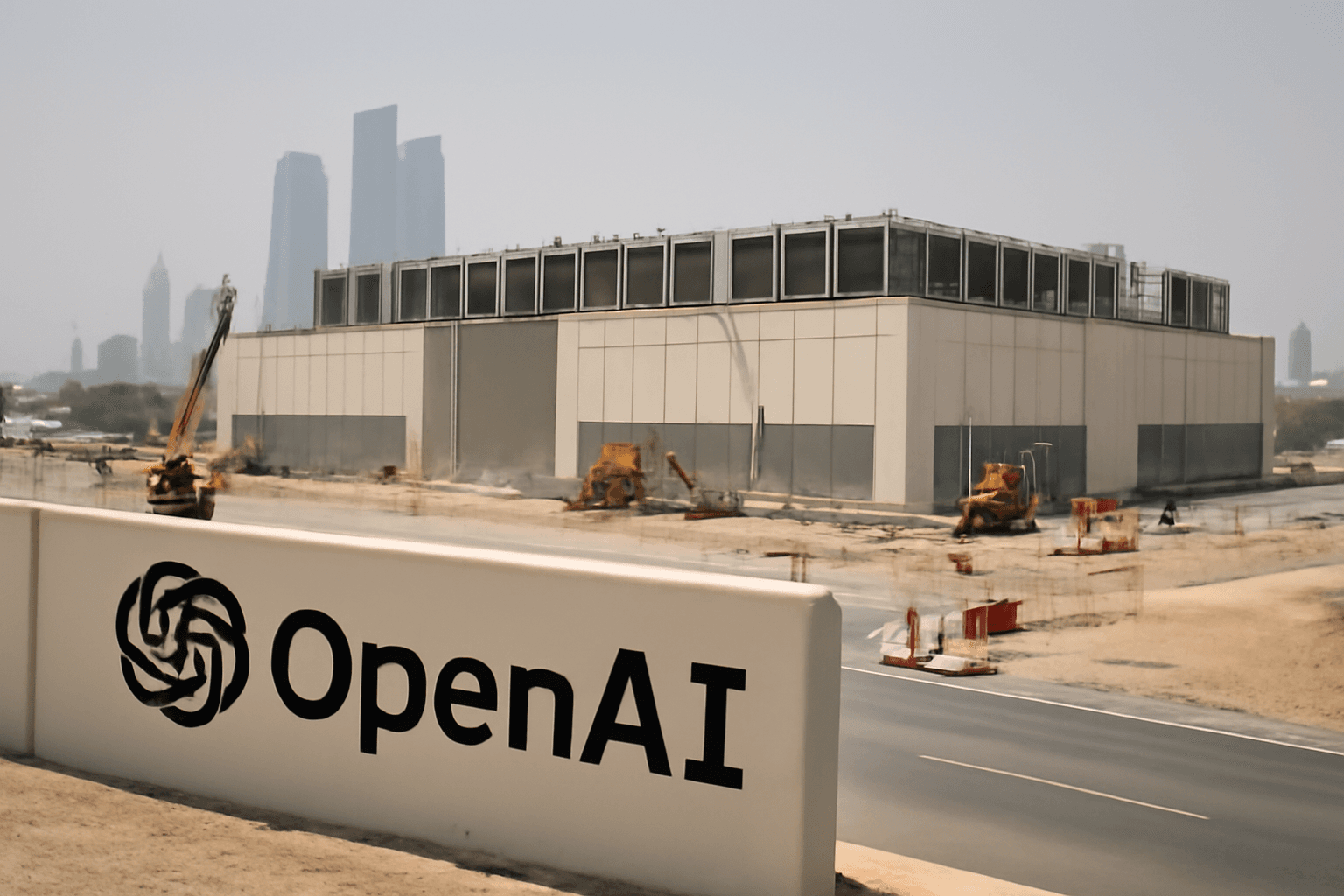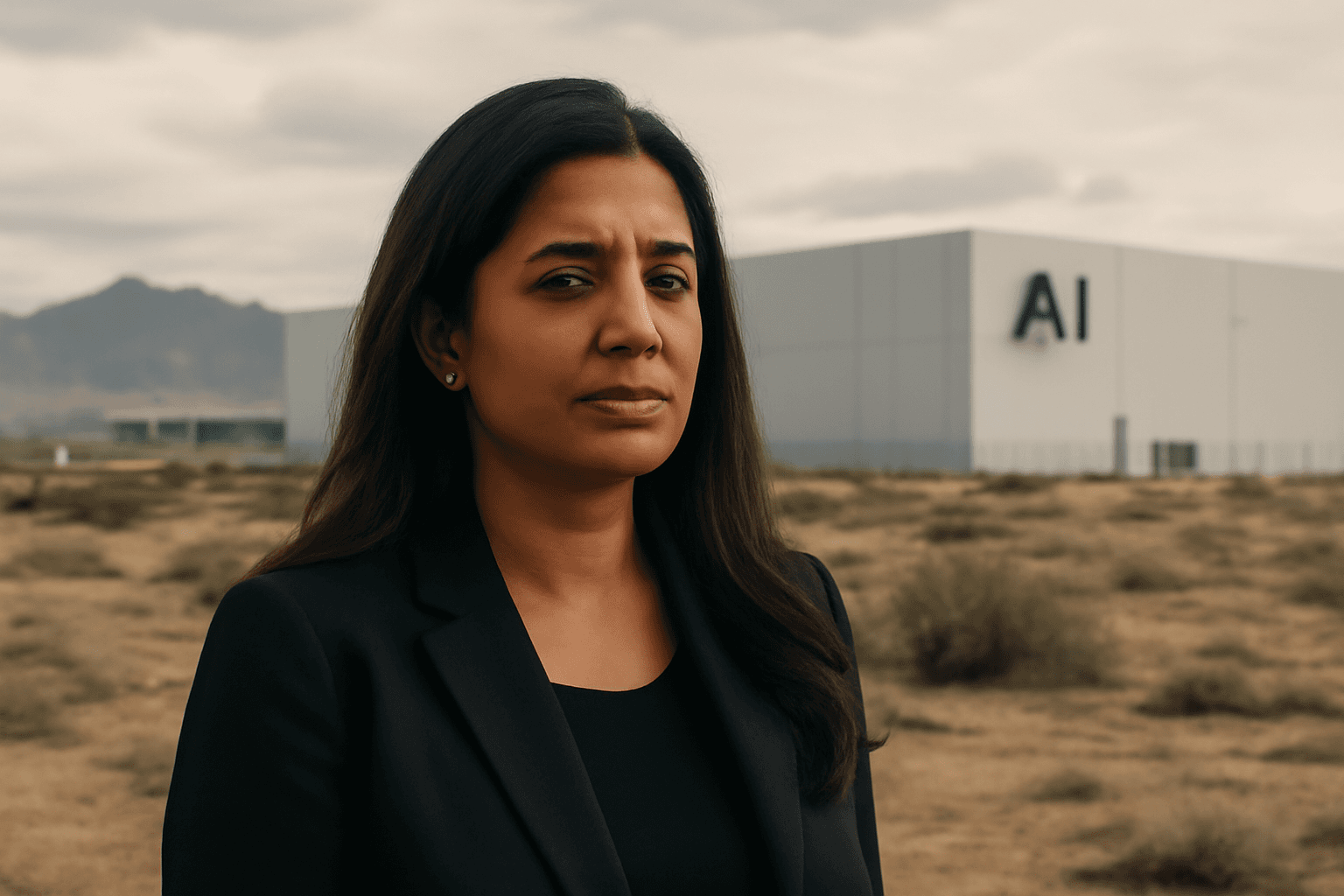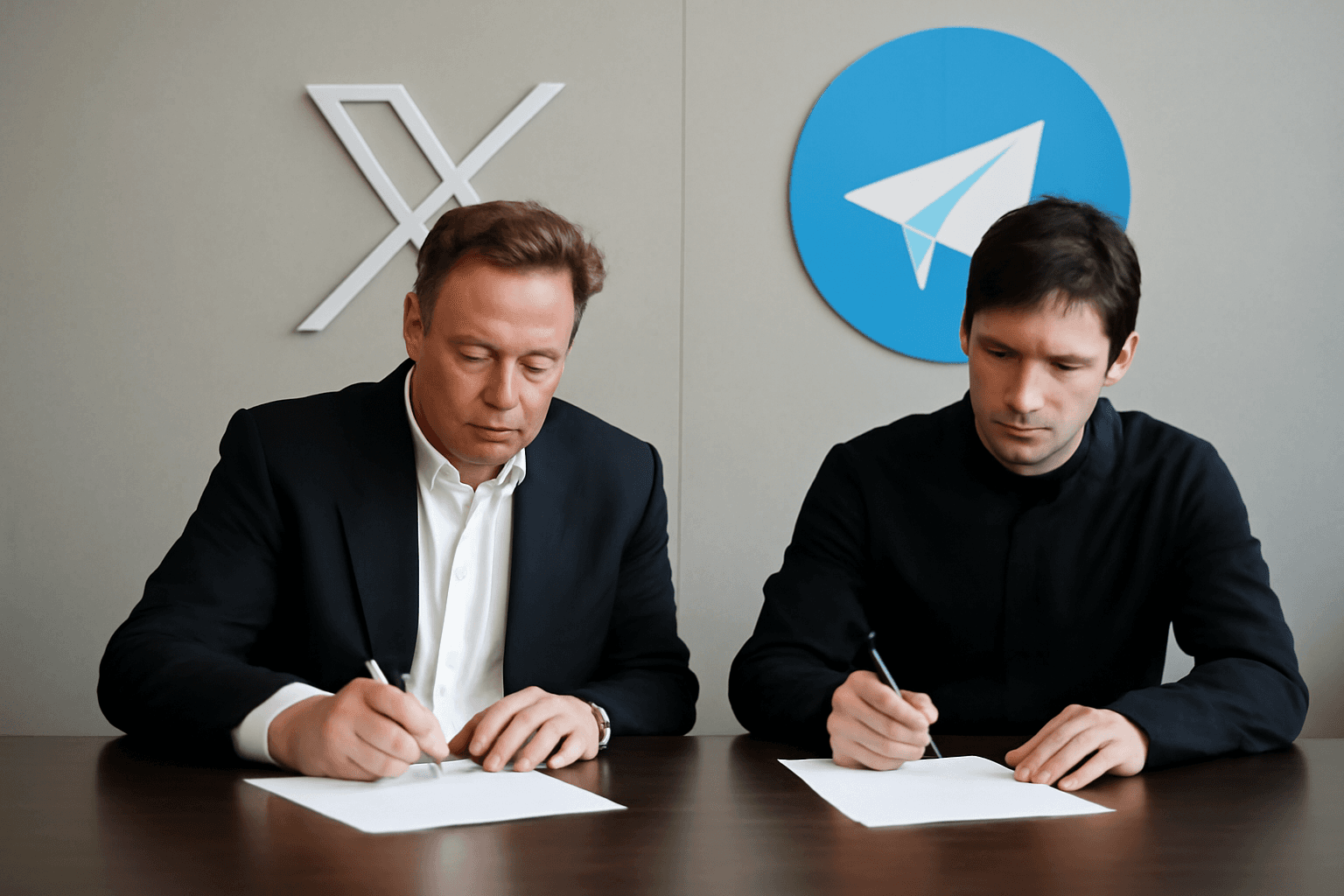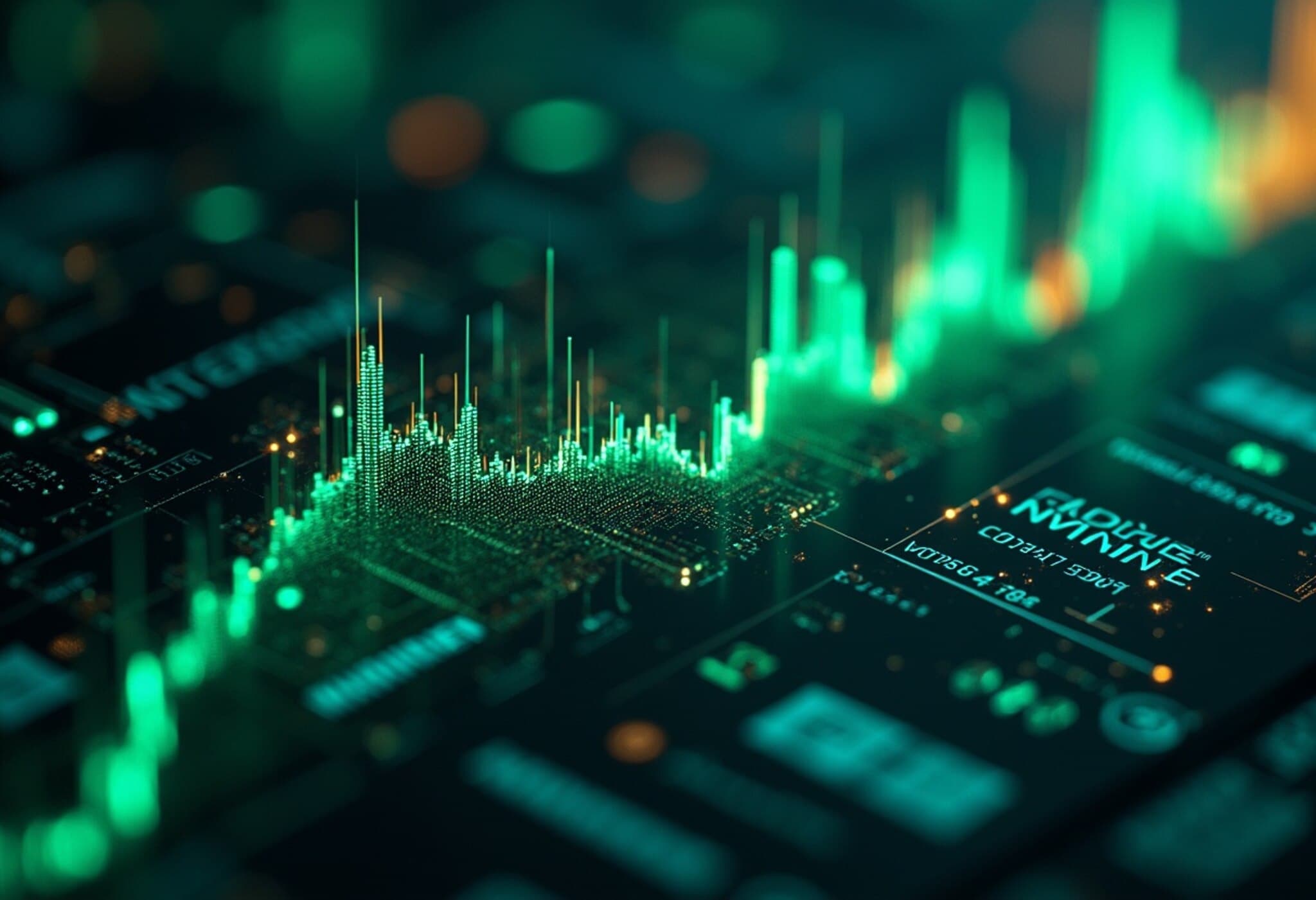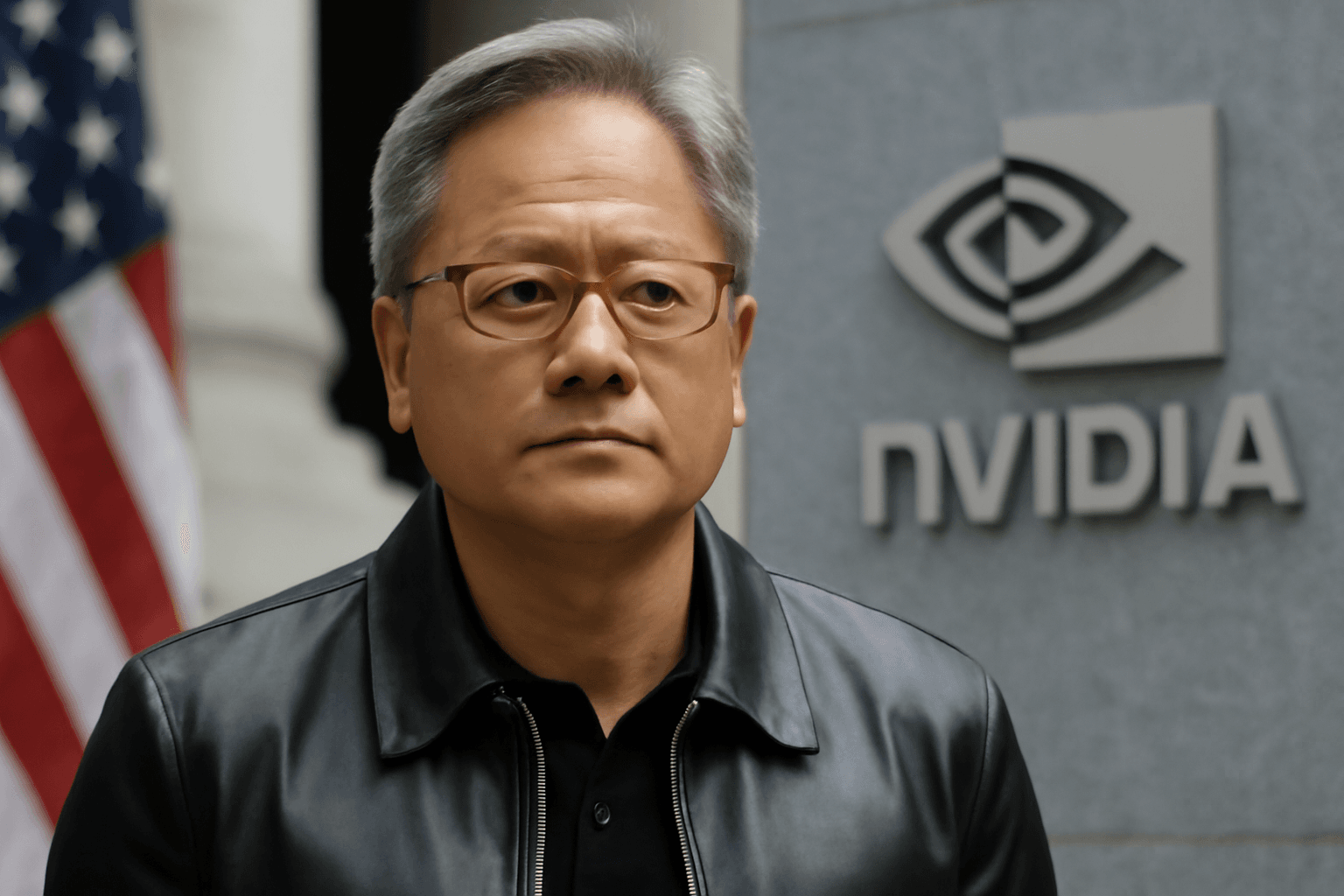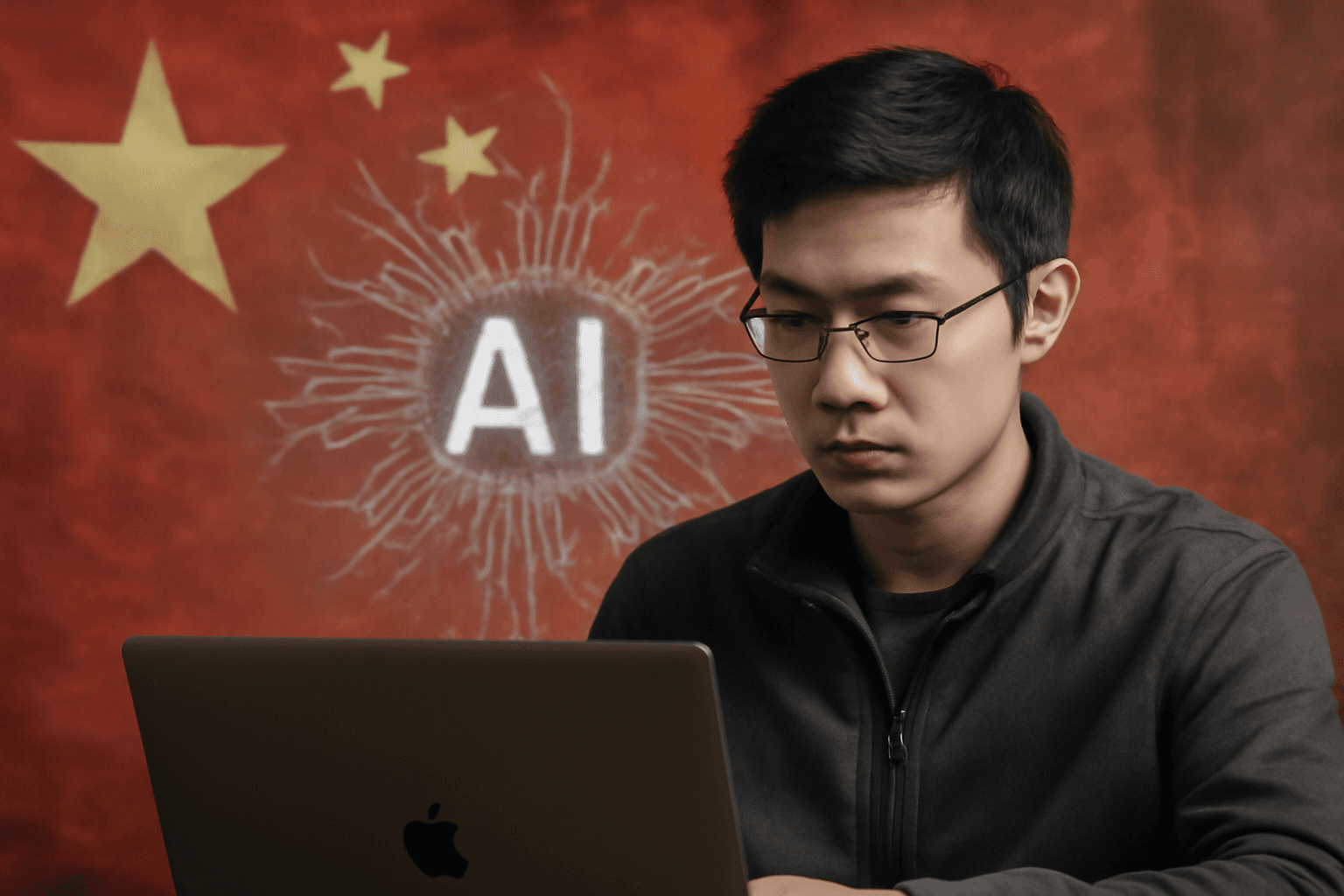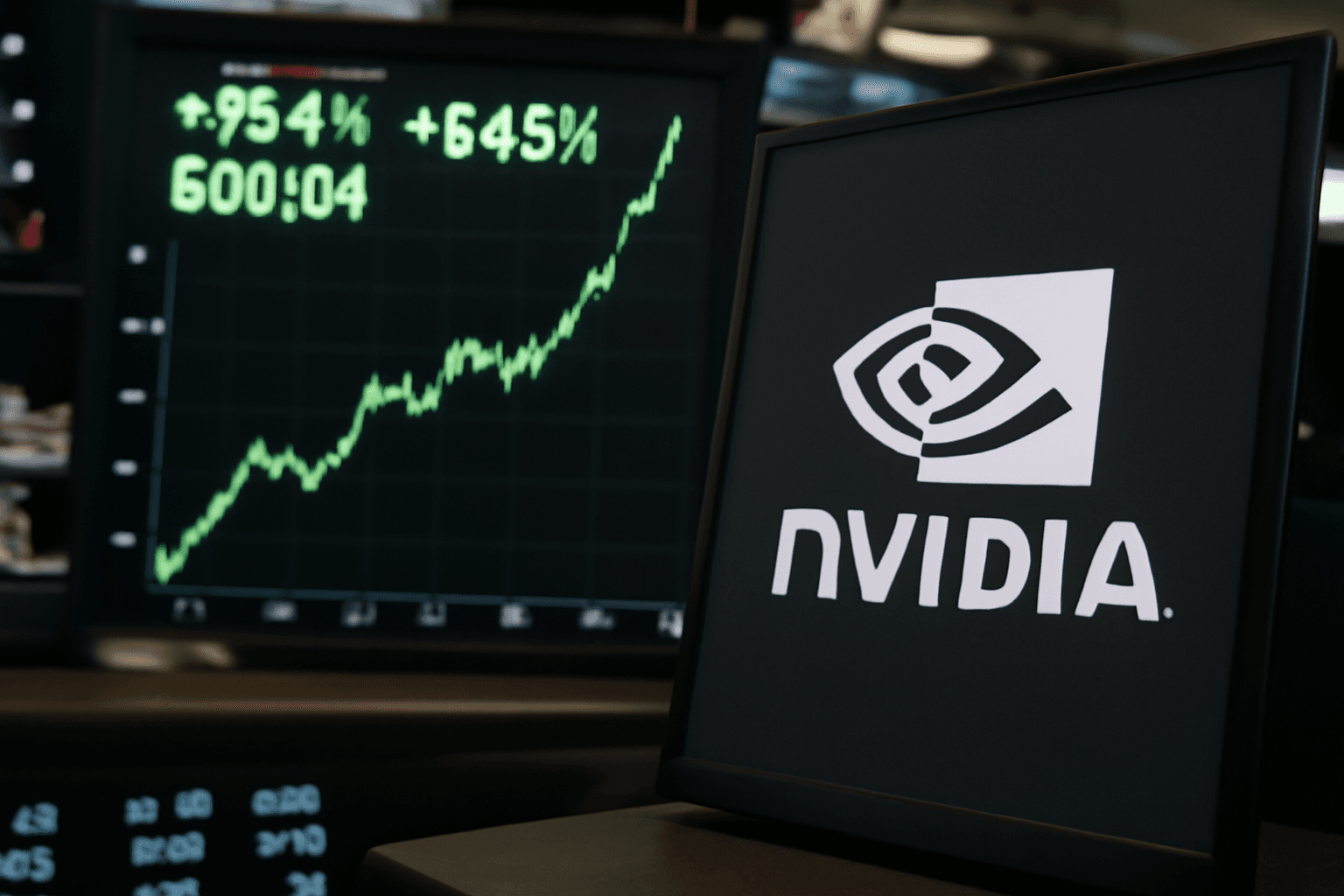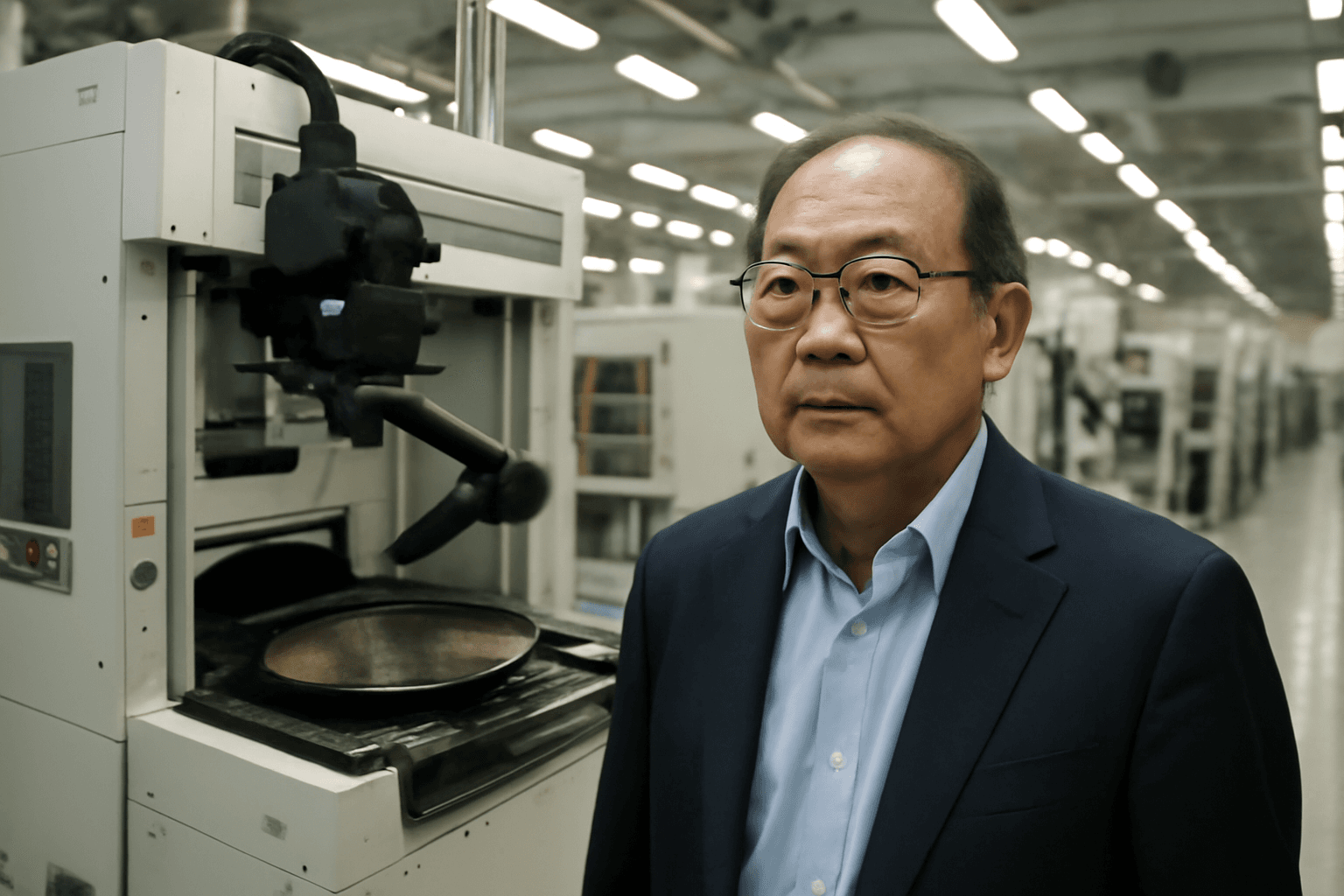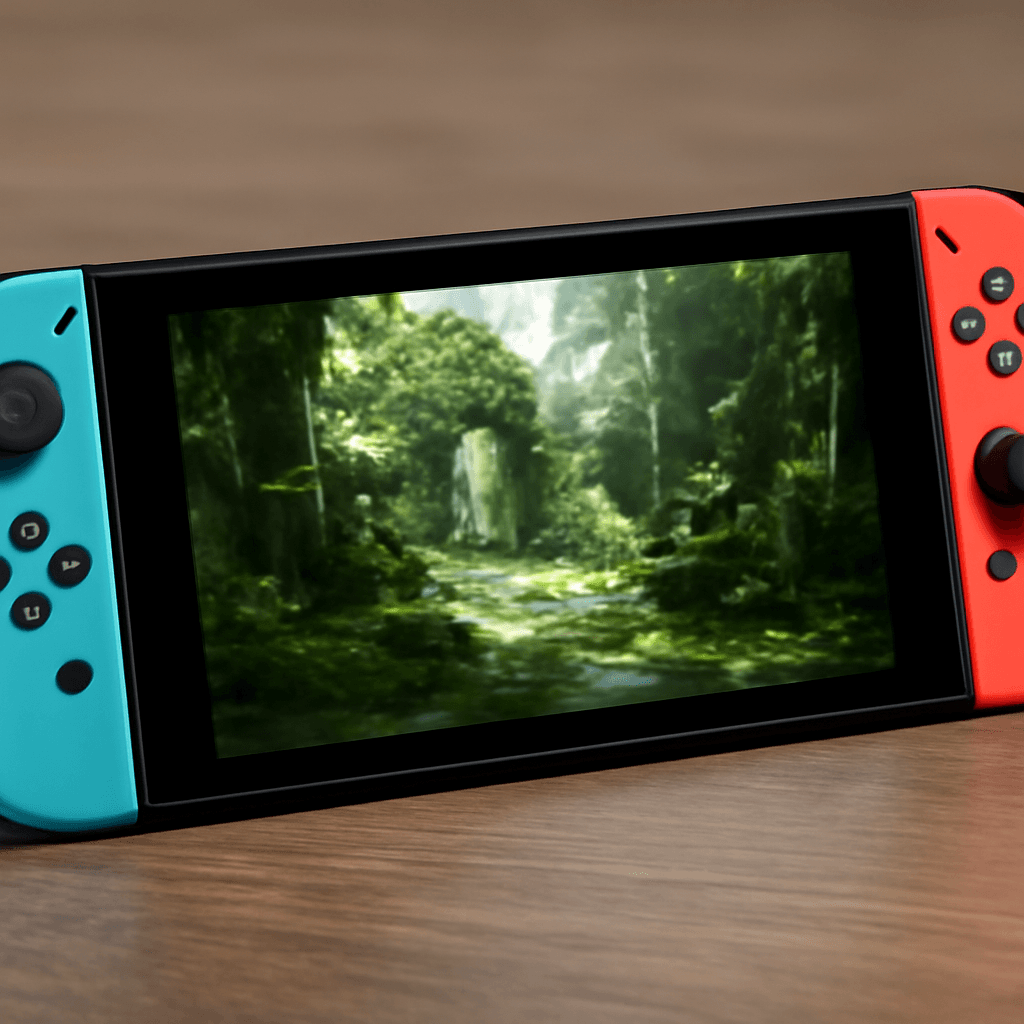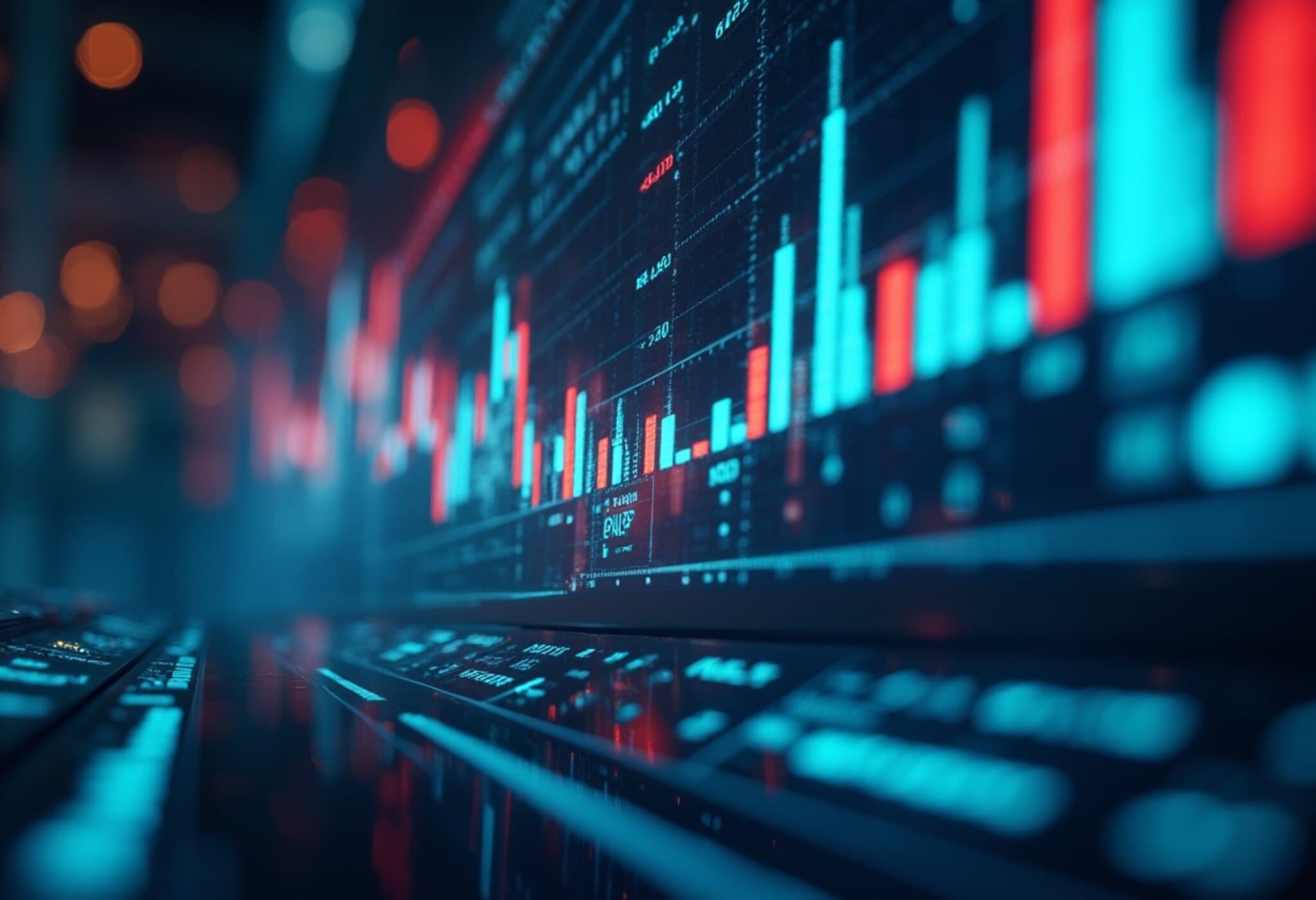The Rise of AI Neoclouds: A New Frontier in Cloud Computing
As the artificial intelligence revolution intensifies, a new breed of companies—known as AI neoclouds—is capturing investors’ attention. Unlike traditional cloud giants such as Amazon Web Services and Microsoft Azure, these nimble, AI-focused cloud providers are offering tailored, faster, and potentially more cost-effective AI infrastructure solutions. By building custom AI hardware and software stacks and focusing exclusively on AI workloads, neoclouds like CoreWeave, Nebius, Lambda, and Crusoe are challenging hyperscalers for access to one of the most dynamic technology growth markets.
What Exactly Are Neoclouds and Why Do They Matter?
Neoclouds specialize in AI cloud computing by leasing GPU power and infrastructure optimized specifically for the demands of artificial intelligence applications, including generative AI, machine learning model training, and real-time inference. Unlike hyperscalers, which provide broad cloud services across a wide client base, neoclouds focus exclusively on AI workloads, offering clients faster deployment and often greater energy efficiency.
CoreWeave, which went public in March 2025 and currently stands as the largest publicly traded neocloud, exemplifies this trend. Meanwhile, Europe-based Nebius has earned significant Wall Street praise for its full-stack software offerings and cost advantages, carving a distinctive niche in the AI ecosystem.
AI Cloud Market: Size, Growth, and Forecast
- UBS estimates that AI-related capital expenditure outside of the top four tech giants will soar by 85% year-over-year, reaching an estimated $150 billion in 2025, signaling robust investment from neocloud startups and other cloud providers globally, including China.
- Looking further ahead, Goldman Sachs forecasts the AI cloud and GPU-as-a-Service market to swell to approximately $267 billion by 2030, with neoclouds expected to capture around 20% market share.
Investor Caution: Why Enthusiasm Comes With Risks
Despite the promising growth trajectory, analysts urge caution. High capital expenditure (capex) spending to build data centers and procure GPUs currently weighs heavily on neocloud profit margins and cash flow.
UBS strategist Sundeep Gantori highlights that while revenues have yet to catch up with the massive investment levels, this upfront spending could pave the way for future gains. However, the risk remains significant as the ability of neoclouds to differentiate themselves from hyperscalers is limited, and valuations are already sky-high.
The Nvidia-Neocloud Relationship: A Double-Edged Sword?
Semiconductor giant Nvidia plays a pivotal, yet complex role in this ecosystem. It directly invests in neocloud startups such as CoreWeave, Lambda, Crusoe Energy, and Nebius, providing them with large GPU allocations and market exposure. This symbiosis has boosted Nvidia’s GPU sales but also raises strategic concerns.
HSBC analyst Abhishek Shukla warns that Nvidia's support may inflate competition among GPU cloud providers, compressing their margins while increasing Nvidia’s value capture. Moreover, hyperscalers could eventually bypass neoclouds entirely by purchasing GPUs directly from Nvidia, potentially sidelining startups like CoreWeave.
According to Shukla, the long-term viability of neoclouds is uncertain if core customers like Microsoft and OpenAI shift to direct GPU deals with Nvidia once supply constraints ease, undermining neoclouds’ business model.
Wall Street’s Perspective: Who Are the Winners and Losers?
Among neoclouds, Nebius enjoys strong analyst backing, with Goldman Sachs predicting a 25% upswing tied to its full-stack software, superior cost efficiency, and growing clientele.
Conversely, CoreWeave’s stock has experienced dramatic volatility—a 200% surge post-IPO has been followed by a 30% decline amid growing skepticism about its $62 billion valuation. The company's recent $9 billion all-stock acquisition of Core Scientific has sparked concerns over overvaluation and liquidity risks.
Major brokerages including HSBC, Mizuho, and Stifel have issued cautious or negative ratings on CoreWeave, pointing to its dependence on a handful of large customers, dilutive software dependencies, and heavy debt service costs. CFRA analyst Angelo Zino sees potential upside in the company’s expanding bookings yet advises investors to consider valuation premiums carefully.
Innovators With a Greener Footprint: Crusoe’s Unique Approach
Beyond the traditional data center model, some neocloud startups are pioneering sustainable infrastructure. Crusoe Energy repurposes flare gas from oil fields to power data centers, coupling environmental benefits with AI infrastructure demand. It secured a notable contract with Oracle to build a Texas campus housing up to 400,000 Nvidia Blackwell GPUs for OpenAI’s $500 billion Stargate project—highlighting the intersection of sustainability and AI scale.
Conclusion: Navigating Opportunities and Challenges in the Neocloud Space
AI neoclouds represent a captivating investment theme. While they serve an essential role amid the AI boom by providing specialized, scalable, and energy-efficient infrastructure, investors must weigh the industry's early-stage volatility, competitive pressures, and capital intensity.
The evolving relationship between Nvidia, hyperscalers, and neoclouds will critically shape the sector’s trajectory. Whether these startups transition from capital-hungry pioneers to profitable industry stalwarts hinges on innovation, customer diversification, and savvy financial management.
Key Takeaways for Investors
- Growth potential: The AI cloud market is set to expand rapidly, offering substantial opportunities for neoclouds.
- Capital risk: Heavy upfront investments may suppress short-term profitability and inflate risk profiles.
- Nvidia’s influence: While Nvidia’s involvement boosts neoclouds, it may also threaten their long-term independence.
- Market dynamics: Hyperscaler direct GPU procurement could disrupt neocloud business models.
- Sustainability emerges: Firms like Crusoe show that green energy can align with cutting-edge AI infrastructure.
Editor's Note
The AI neocloud narrative underscores the broader tensions between innovation, investment, and market reality in emerging tech sectors. While neoclouds offer promising growth avenues, discerning investors must ask: Are these companies building sustainable business moats or merely fueling a speculative frenzy? The coming years will test whether neoclouds can mature into indispensable AI infrastructure pillars or remain vulnerable intermediaries exposed to the strategic machinations of chipmakers and hyperscale giants.
In this fast-evolving landscape, keeping a close eye on technological differentiation, capital management, and strategic partnerships will be essential for anyone seeking to play the AI infrastructure revolution prudently.


